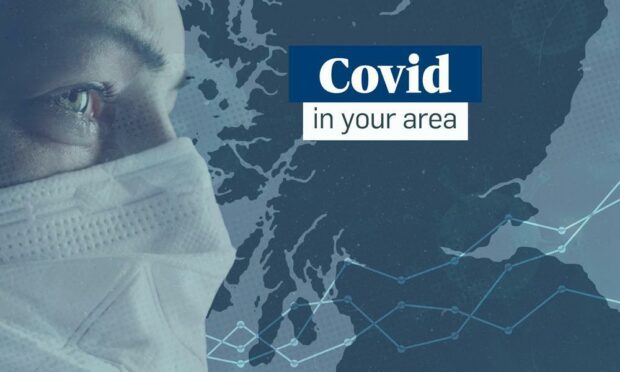The new Covid-19 variant Omicron is the latest to be designated as a variant of concern.
Six cases have already been identified in Scotland, in the Glasgow and Lanarkshire areas.
In a press briefing this morning (November 29), Nicola Sturgeon emphasised the need to keep the virus, and the new variant in particular, under control as winter approaches.
What is a variant of concern?
Over time, mutations in the virus have created new Covid-19 strains with different characteristics.
There have been a number of Covid-19 strains deemed as a variant of concern (VOC). This happens if it is “considered to have concerning epidemiological, immunological or pathogenic properties.”
At this point they are designated under investigation, and can be moved to a designated VOC following a risk assessment with expert committees.
Since May 2021, the rapidly transmissible Delta variant (formerly known as the Indian variant) has been the dominant Covid strain in Scotland. 112,816 cases have been sequenced to date.
Previously the Alpha variant (formerly known as the Kent variant), had been dominant. 29,129 cases have been sequenced.
What do we know about the Omicron variant?
The variant has been identified in 16 countries so far, in areas across the Americas, Europe, Africa and Australasia.
This number is likely to increase rapidly as surveillance is stepped up and more cases are identified.
In today’s briefing, the First Minister said that the new variant could be the “most challenging development in some time”.
Ms Sturgeon said: “The days and weeks ahead will tell all of us much more about this variant and therefore its implications, if there are any implications for our response to the pandemic.
“What we do know at this stage though, in my view, is that we should treat it seriously and that we should continue to act on a precautionary basis at this stage.
“We all hope the emerging understanding of it will reduce rather than increase our level of concern, there is no doubt this presents potentially the most challenging development in the course of the pandemic for quite some time.”
The First Minister said that travel restrictions will form an important part of the Scottish government response to try and control its spread.
Ten countries in Southern Africa have been added to the travel “red list”. This does not cover all areas where Omicron has been identified, however.
Travellers from red list countries are required to quarantine on arrival in Scotland.
Travel rules have been tightened and all international arrivals will now be required to take PCR tests within 48 hours under new rules being introduced across the four nations.
The Scottish and Welsh governments are pushing for tougher travel rules which would see an eight day quarantine needed for all arrivals to the UK.
What is the Covid-19 situation in Tayside and Fife?
98,175 Covid cases have been identified in Tayside and Fife since the start of the pandemic. This has resulted in the deaths of 1521 people, to the latest data available.
The case rate (infection per 100,000 people), had been increasing across Tayside and Fife from mid August, but has fallen in recent weeks.
Hospitalisations
Since the vaccination roll-out began in Scotland, focus has shifted from daily case numbers to more serious outcomes including hospitalisations and patients undergoing intensive care.
When less than five individuals are concerned, exact numbers are suppressed to protect patient confidentiality.
In recent months, NHS Tayside had seen a rise in both hospitalisations as well as the number of people who are currently in ICU.
However, hospitilisations have fallen in recent weeks, with 32 in hospital compared to 66 on November 1.
Deaths
Although cases and hospitalisations have been rising, there has not been the same rise in deaths from Covid-19 as in previous months where cases were high- such as in January last year.
The most recent peak in deaths was on the week beginning Oct 18 for Fife, with 21 deaths recorded in the week. For Tayside, this was on week beginning November 1, with 14 deaths recorded in the week.
